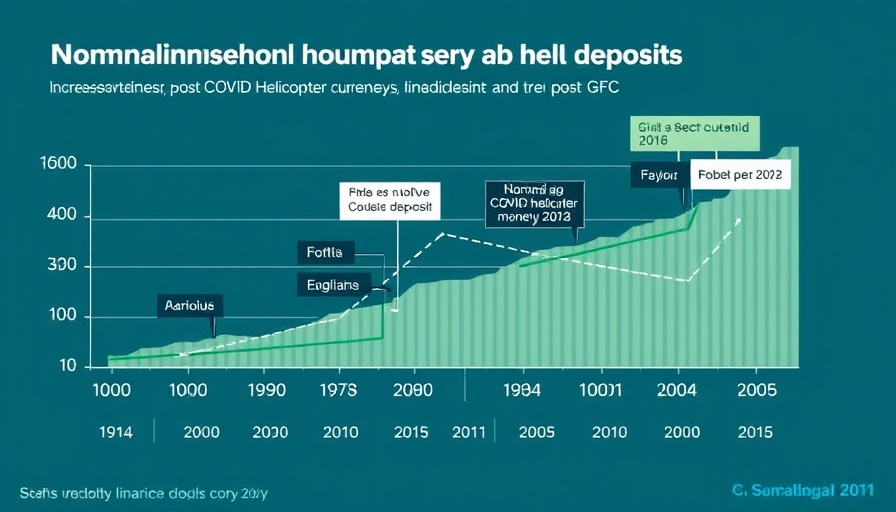
Are We on the Brink of Another Market Correction?
As the summer of 2025 unfolds, the S&P 500 is riding high, echoing a troubling trend reminiscent of past market bubbles. Analysts from Stifel argue that despite the global economy experiencing a slowdown, the stock market remains overvalued, potentially signaling a correction on the horizon. The concern stems not just from high asset prices, but from a phenomenon called the 'money illusion,' where consumer confidence soars despite underlying economic hardships.
Understanding the 'Money Illusion'
Stifel's analysis highlights how consumer attitudes, buoyed by fiscal stimulus during the COVID pandemic, fail to capture the current economic reality. Households felt wealthier due to substantial increases in cash balances, which led to higher spending rates. However, as the effects of this illusion fade, consumers find themselves less financially stable than perceived, eroding their purchasing power as monetary and fiscal policies clash amidst rising stagflation.
The Reality Behind Consumer Spending
Current data underscores the disparity between perceived and actual wealth. Growth in real wage income has dwindled to a meager 1% annually as inflationary pressures mount. This dynamic threatens personal consumption—which constitutes 68% of the U.S. GDP—suggesting that a downturn in spending could be imminent. With savings rates stabilizing back to pre-pandemic levels but with little cash remaining post-spending spree, a correction could be on the doorstep.
What’s Next for Investors?
As analysts suggest a possible decline of 10% or more in the S&P 500, this presents a crucial moment for investors. Understanding the interplay between market sentiment and economic fundamentals is essential for navigating the upcoming months. Identifying trends that prioritize sustainability and stability becomes key as economic forecasts become increasingly uncertain amid rising inflation and interest rates.
For business professionals and investors, remaining informed about shifts in the economy and adapting strategies accordingly will be essential in mitigating risks and harnessing new opportunities in the market.
 Add Row
Add Row  Add
Add 



Write A Comment